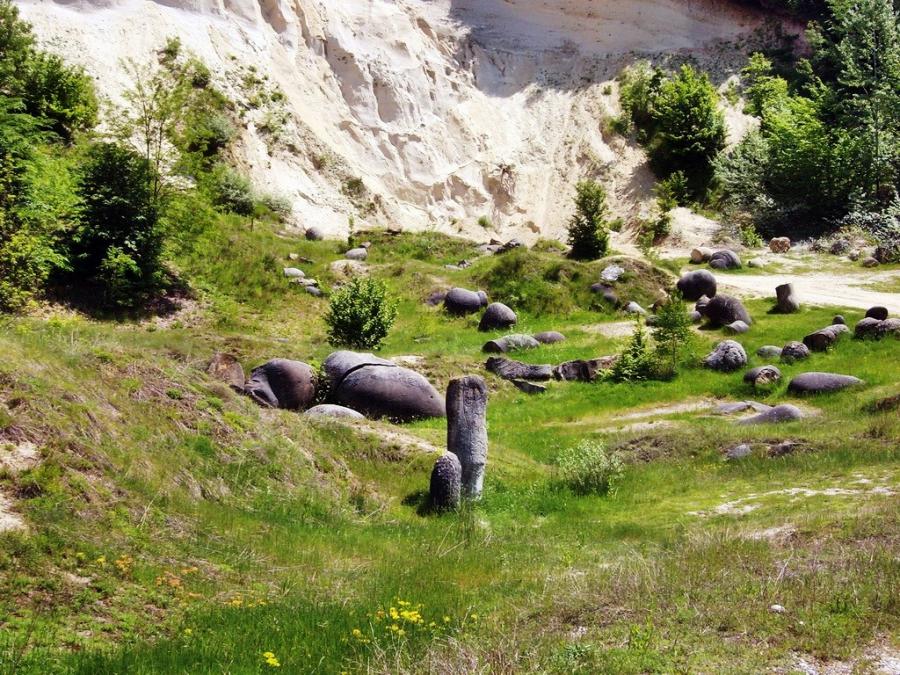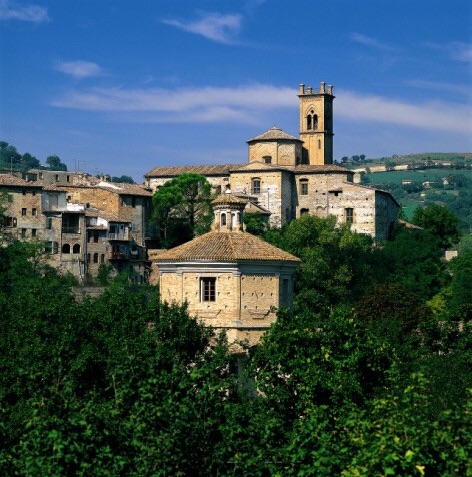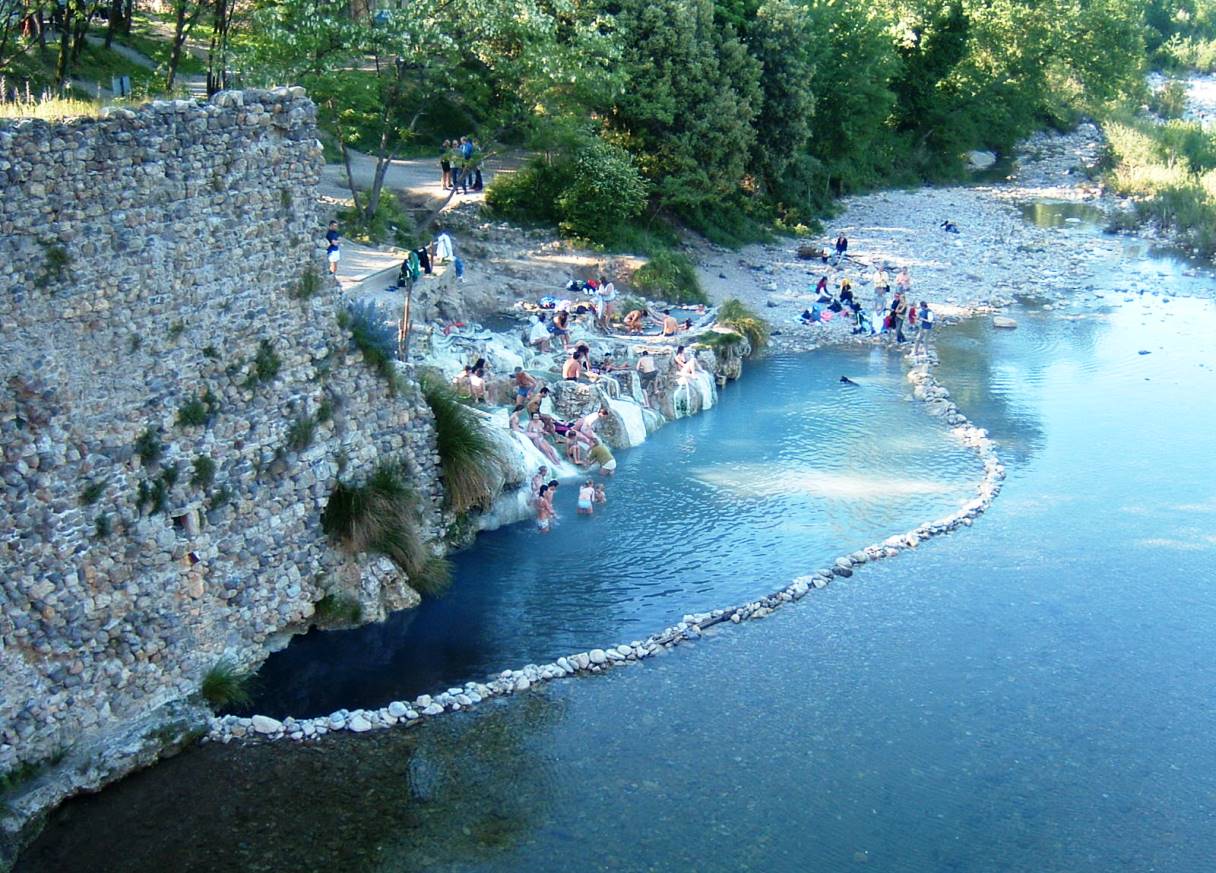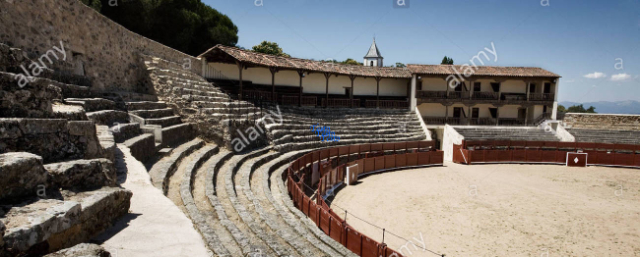Have you ever thought of a stone as a living thing? Hard to believe, but in Romania, 35 kilometres from Ramnicu Valcea, exceptional rocks have been discovered, able to grow and reproduce just like plants, reacting in contact with water.
The trovant, that’s what they are called, have such unique characteristics that they are considered "living" rocks. Formations of 6-8 millimeters, they can be formed in rocks from 6 to 10 meters in diameter. Stunning growths, even if in very long times: on average, for a growth of 5 centimetres it takes 1200 years. Trovant, in Romanian, means "cemented sand". Geologists think that these extraordinary primordial stones were formed 6 million years ago and that their increase in volume is due to the high concentration of mineral salts found in their sandstone "mixture": a complex stratification of cemented sand with carbonate and calcareous water.
And when rainwater comes into contact with the chemicals that form it, a sudden increase in internal pressure is generated, triggering the characteristic "growth". Analyzing a section of trovant it is in fact possible to see inside a series of concentric circles that resemble those of tree trunks. The living rocks today can be admired in the nature reserve of Muzeul Trovantilor managed by the Kogayon association under the patronage of UNESCO. Here you will find the greatest concentration.
But there are more than a dozen Romanian sites where other stones with the same characteristics have been identified, different from the rest of the world.













